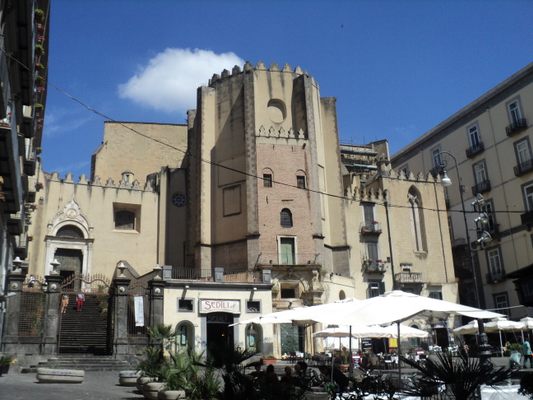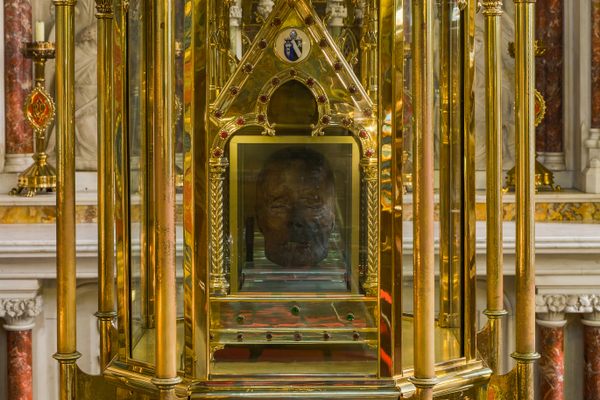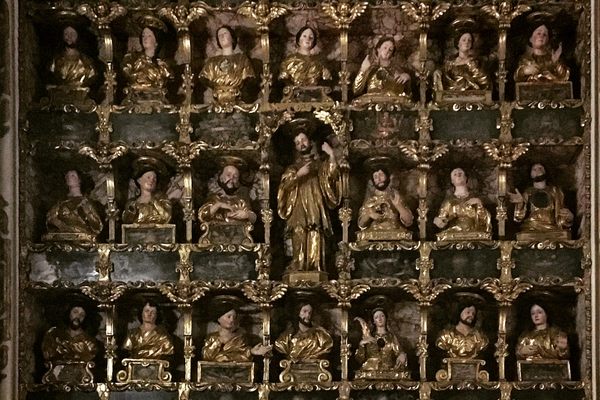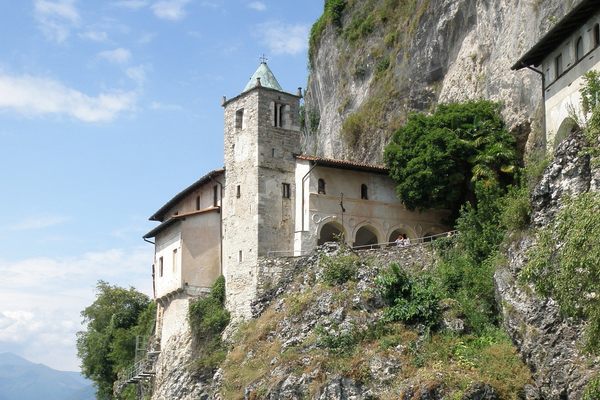About
At the halfway point of the ancient Neapolitan decumanus (east-west corridor) known colloquially as the "Spaccanapoli" sits the imposing fortress-like exterior of the basilica of San Domenico Maggiore. Inside this 13th-century church's Sacred Relics Chamber are what remains of the left arm of city's most prominent philosopher, the priest St. Thomas Aquinas.
In the 1270s, Thomas Aquinas founded a Dominican academy in the monastery attached to San Domenico Maggiore. Extraordinary witness accounts from this time testify that the priest was able to levitate during meditation. In one instance, the sacristan of the basilica witnessed Aquinas levitating while simultaneously speaking to Christ, who complimented the priest's writings.
When Aquinas died due to injuries sustained falling from a donkey, he'd leave behind a highly revered corpus of Christian philosophy and theology, in addition to the aforementioned left arm.
What remains of the arm is a small fragment of bone, viewable through a sliver of glass in a suitably hand-shaped reliquary. Next to the hand is a preserved heart whose owner is unknown. That fact is possibly not as strange as it sounds—the preserved hearts of Charles II of Naples, Alfonso V of Aragon, and Ferdinand II of Naples were once kept in the church, but mysteriously disappeared following the Napoleonic occupation of the city in the 1800s.
Related Tags
Flavors of Italy: Roman Carbonara, Florentine Steak & Venetian Cocktails
Savor local cuisine across Rome, Florence & Venice.
Book NowCommunity Contributors
Added By
Published
May 10, 2018


























